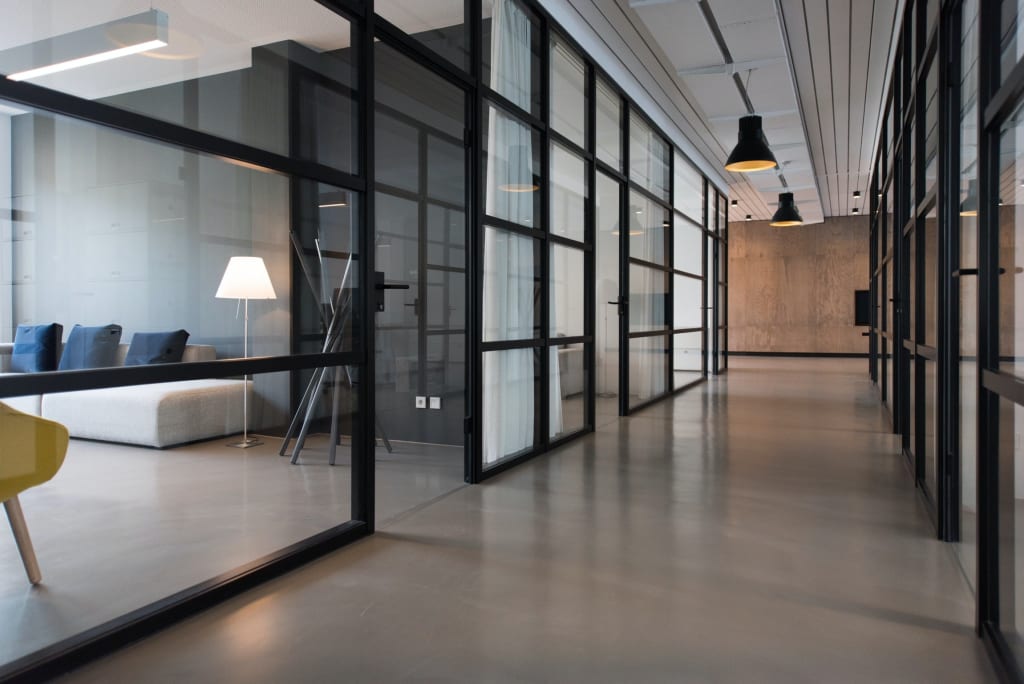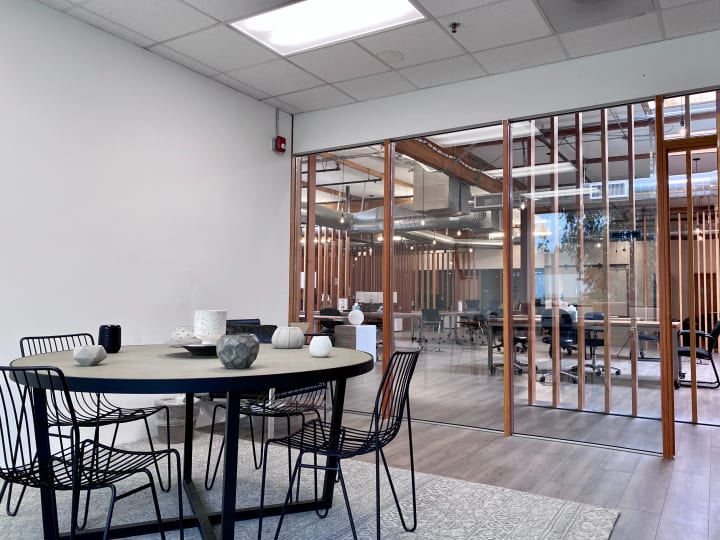The Pandemic's Impact on Coworking Spaces
Every second coworking space in Europe described its economic situation as bad by the end of 2020. Before the lockdowns were renewed in September 2020, things appeared to be looking up.

The situation deteriorated in particular for coworking spaces aimed at specific members. Nothing changed for those who wanted to rent out their workspaces to businesses with multiple employees. In September, the situation appeared to be dire. They may have recovered more slowly after the initial lockdown, or the pandemic may have had a more delayed impact due to extended contract terms. Furthermore, they are typically located in major cities, which were hit the hardest.
Shared workspace rated their situation as worse if they had more than one location or had previously received government assistance. The situation for coworking spaces in the suburbs and rural areas was not ideal, but it had improved slightly.
Capacity has been reduced by 20%.
In terms of supply, coworking spaces lost an average of one-fifth of their leasable desks between the beginning of 2020 and the end of 2020, with capacity falling especially sharply in megacities. Prior to Corona, this loss was limited to spaces primarily providing private offices.
There are 25% fewer members.
Overall, membership numbers at the end of 2020 were about a quarter lower than at the start of 2020, falling from roughly 65 to 50 members per coworking space on (the trimmed) average*. Those in big cities have lost a disproportionate number of members - even in small spaces - due to the elimination of workstations alone.
With lower capacity losses, providers who relied more on private offices in the past were also able to retain relatively more memberships, at least contractually. In practise, however, during the second lockdown, their remaining members were still far less likely to work in their offices than members of other coworking spaces.
This leads us to two conclusions: either the companies retained the spaces for future use, or they are more likely to allow their employees to work from home. Alternatively, due to longer-term leases, these businesses did not (yet) vacate their rented premises. In the latter case, providers of private offices would suffer a loss of members after a delay. At the very least, these coworking spaces could adjust to changes with greater forewarning.

Coworking spaces are used half as often as they were previously.
During the pandemic, the number of daily users on weekdays fell much more dramatically. In January, 60% of all members used their coworking space on a daily basis; by November, the figure had dropped to 40%. As previously stated, the daily utilisation rate dropped most significantly in coworking spaces with a particularly large number of private offices. Because of their lower membership numbers, coworking spaces in small cities were able to decouple themselves from this trend. Prior to the pandemic, the rule was that individual members who chose and paid for coworking spaces on their own were less likely to use them every day than members whose companies chose a coworking space. Today, the latter attend less frequently and presumably work more from home.
Occupancy: 100 percent is the old 80 percent.
The average contractual occupancy rate for all coworking spaces remained stable in comparison to the beginning of 2020. It was close to 100 percent in January 2020, as it was at the end of 2020.How does this compare to dwindling membership numbers? If capacity is decreasing, fewer members are required for full occupancy. However, when compared to pre-Corona capacity without distance rules, the rate dropped to an average of 77 percent in real terms in November, excluding new spaces that opened in 2020. Because all members rarely work at the same time, coworking spaces with occupancy rates well above 100 percent continue to accommodate.
About the Creator
Munnazir Zarin
"I'm a blogger covering a variety of topics. If you enjoy my content, please consider supporting me and suggesting new topics for me to explore. Thank you!"






Comments
There are no comments for this story
Be the first to respond and start the conversation.